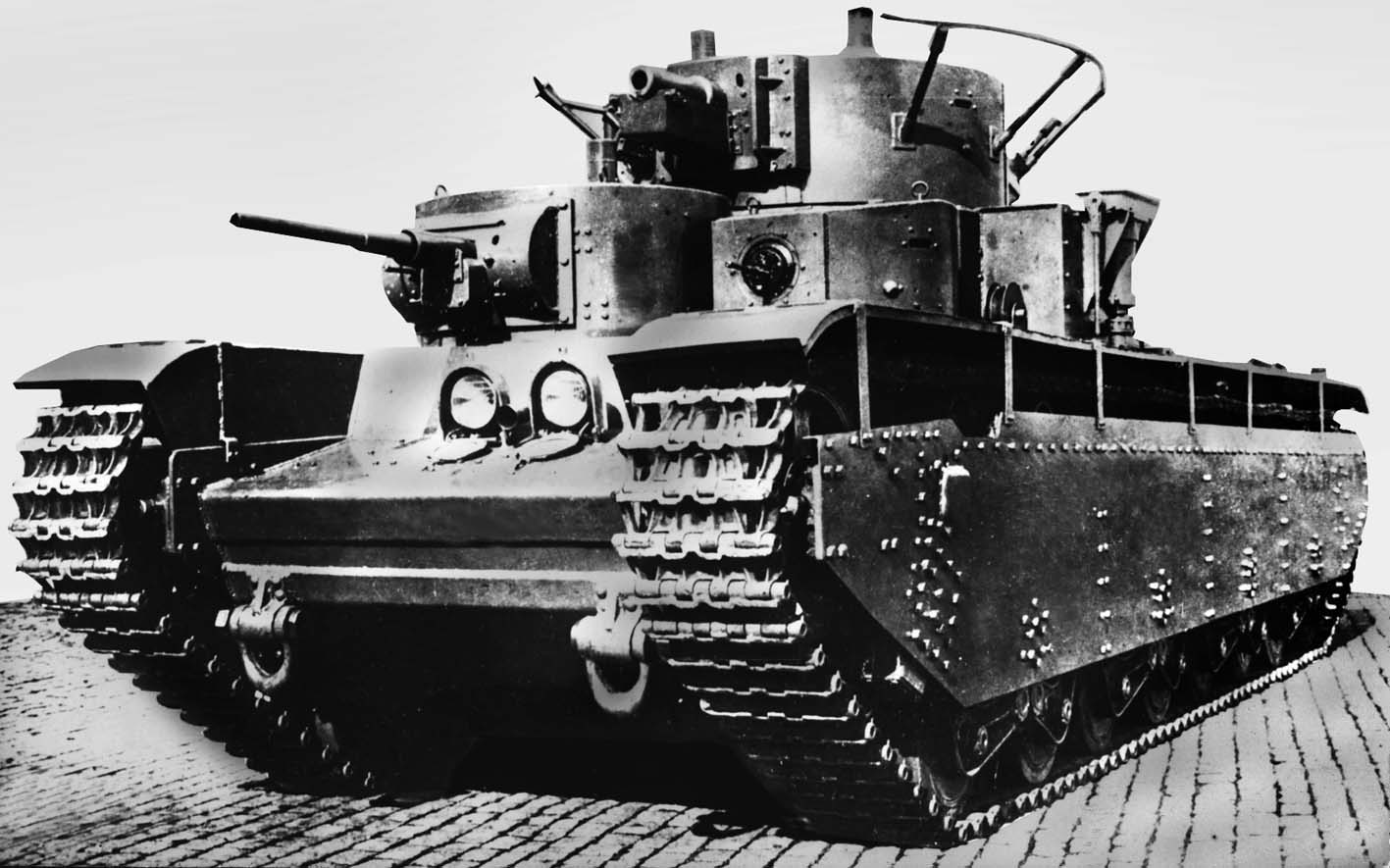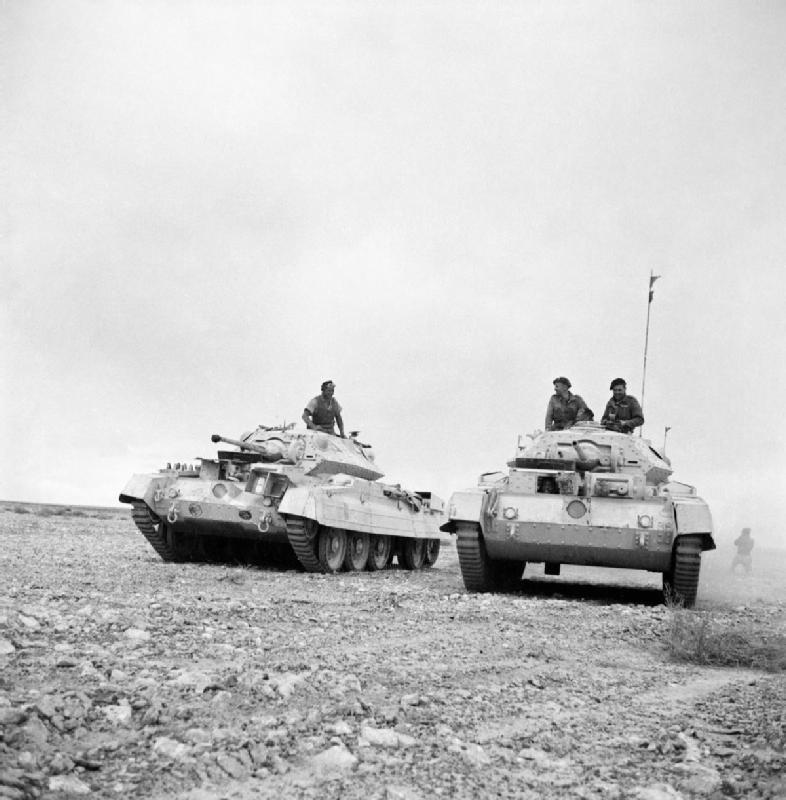|
Ford GAA Engine
The Ford GAA engine is an American all-aluminum 32-valve DOHC 60-degree liquid-cooled V8 internal combustion engine with a flat plane crankshaft designed and produced by the Ford Motor Company before and during World War II. It features twin Stromberg NA-Y5-G carburetors,Berndt, p.190. dual magnetos and twin spark plugs making up a full dual ignition system, and crossflow induction. It displaces and puts out well over of torque from idle to 2,200 rpm. The factory-rated net output was at 2,600 rpm. The GAA powered several models and derivatives of the M4A3 Sherman medium tank. Development Immediately preceding World War II, Ford developed an aircraft engine similar to the Rolls-Royce Merlin. It was a 60 degree V-12 of 1,650 cubic inch displacement with cylinder bore and stroke matching the Merlin aviation engine, using an aluminum block and head; dual overhead camshafts, and four valves per cylinder. The intention of this design was to help Ford break into the anticipated ... [...More Info...] [...Related Items...] OR: [Wikipedia] [Google] [Baidu] |
Ford Motor Company
Ford Motor Company (commonly known as Ford) is an American multinational automobile manufacturer headquartered in Dearborn, Michigan, United States. It was founded by Henry Ford and incorporated on June 16, 1903. The company sells automobiles and commercial vehicles under the Ford brand, and luxury cars under its Lincoln luxury brand. Ford also owns Brazilian SUV manufacturer Troller, an 8% stake in Aston Martin of the United Kingdom and a 32% stake in China's Jiangling Motors. It also has joint ventures in China (Changan Ford), Taiwan (Ford Lio Ho), Thailand ( AutoAlliance Thailand), and Turkey ( Ford Otosan). The company is listed on the New York Stock Exchange and is controlled by the Ford family; they have minority ownership but the majority of the voting power. Ford introduced methods for large-scale manufacturing of cars and large-scale management of an industrial workforce using elaborately engineered manufacturing sequences typified by moving assembly lines; by ... [...More Info...] [...Related Items...] OR: [Wikipedia] [Google] [Baidu] |
Radial Engine
The radial engine is a reciprocating type internal combustion engine configuration in which the cylinders "radiate" outward from a central crankcase like the spokes of a wheel. It resembles a stylized star when viewed from the front, and is called a "star engine" in some other languages. The radial configuration was commonly used for aircraft engines before gas turbine engines became predominant. Engine operation Since the axes of the cylinders are coplanar, the connecting rods cannot all be directly attached to the crankshaft unless mechanically complex forked connecting rods are used, none of which have been successful. Instead, the pistons are connected to the crankshaft with a master-and-articulating-rod assembly. One piston, the uppermost one in the animation, has a master rod with a direct attachment to the crankshaft. The remaining pistons pin their connecting rods' attachments to rings around the edge of the master rod. Extra "rows" of radial cylinders can be added i ... [...More Info...] [...Related Items...] OR: [Wikipedia] [Google] [Baidu] |
Rolls-Royce Meteorite
The Rolls-Royce Meteorite was a British V8 petrol or diesel engine of capacity, and was derived from the Rolls-Royce Meteor, which was itself based on the Rolls-Royce Merlin aircraft engine. The Meteorite was, in essence, two-thirds of a V12 Meteor and it shared the Meteor's 60° vee angle. Meteorites were built for vehicles, for marine use and as stationary power units. It powered the Thornycroft Antar or ''Mighty Antar'' tank transporter and was used to transport two types of Meteor-engined tanks, the Centurion and Conqueror (and also carried the later Chieftain). It was also used in two prototype vehicles, the Leyland Motors FV4202, and the TV1000 experimental six-wheeled vehicle. This association with the defence ministry lasted 21 years to 1964 and was centred at the Acocks Green "shadow factory" near Birmingham See also * Rolls-Royce Merlin * Rolls-Royce Meteor References External links * http://www.rrec.org.uk/History/Clan_Foundry_Belper.php Aero-derivative e ... [...More Info...] [...Related Items...] OR: [Wikipedia] [Google] [Baidu] |
History Of The Tank
The history of the tank begins with World War I, when armoured all-terrain fighting vehicles were introduced as a response to the problems of trench warfare, ushering in a new era of mechanized warfare. Though initially crude and unreliable, tanks eventually became a mainstay of ground armies. By World War II, tank design had advanced significantly, and tanks were used in quantity in all land theatres of the war. The Cold War saw the rise of modern tank doctrine and the rise of the general-purpose main battle tank. The tank still provides the backbone to land combat operations in the 21st century. Development World War I generated new demands for armoured self-propelled weapons which could navigate any kind of terrain, and this led to the development of the tank. The great weakness of the tank's predecessor, the armoured car, was that it required smooth terrain to move upon, and new developments were needed for cross-country capability. The tank was originally designed as a ... [...More Info...] [...Related Items...] OR: [Wikipedia] [Google] [Baidu] |
List Of Ford Engines
Ford engines are those used in Ford Motor Company vehicles and in aftermarket, sports and kit applications. Different engine ranges are used in various global markets. 3 cylinder A series of Ford DOHC 12-valve inline-three engines with Twin Independent Variable Camshaft Timing (Ti-VCT), labelled as Fox (1.0 L), Duratec (1.1 L), Dragon (1.2 L and 1.5 L) and turbocharged 1.0 L and 1.5 L as EcoBoost. 1.0 L Fox * 2012–present 1.0 L Fox Ti-VCT I3, naturally aspirated. The smallest Ford 3-cylinder engine. **Displacement: 998 cc **Bore x stroke: 71.9 mm x 82.0 mm **Compression ratio: 12.0:1 **Maximum power: @ 6300–6500 rpm **Maximum torque: @ 4100–4500 rpm **Applications: *** 2013–2017 Ford Fiesta *** 2016–present Ford Ka * 2012–present 1.0 L EcoBoost I3 The turbocharged version of 1.0 L Fox engine. 1.1 L Duratec * 2017–present 1.1 L Duratec Ti-VCT I3, naturally-aspirated. ** Displacement: 1084 cc ** Bore x stroke: 73.0 mm x 86.3 mm ** Compression ratio: 12.0:1 **Ma ... [...More Info...] [...Related Items...] OR: [Wikipedia] [Google] [Baidu] |
M74 Armored Recovery Vehicle
The M74 tank recovery vehicle (M74) was an engineer vehicle used by the U.S. Army in the 1950s. It was designed to cope with the heavier weights of the M26 Pershing and M47 Patton. It could also be suitable for light dozing, since it had a hydraulic, front-mounted spade. More than 1000 were produced by Bowen-McLaughlin-York by converting M4A3 Sherman tanks starting in 1954. Later, some were converted from M32B1 ARVs by Rock Island Arsenal until 1958. Development After the Korean War the M74 was designed to cope with the heavier weights of the new vehicles that were being introduced. Designed in 1953, it was based on the M4A3 HVSS medium tank and it was developed to cope with the heavier M26 Pershing and M47 Patton tanks which were entering service, which the M32 Armored Recovery Vehicle (ARV) was unable to retrieve. Using the standard Ford GAA and wide tracks, the chassis would be rebuilt. It was replaced in service with the U.S. Army by the M88 Hercules. Design The M74 w ... [...More Info...] [...Related Items...] OR: [Wikipedia] [Google] [Baidu] |
T29 Heavy Tank
The Heavy Tank T29 was an American heavy tank project started in March 1944 to counter the appearance of the German Tiger II heavy tank. The T29 was not ready in time for the war in Europe, but it did provide post-war engineers with opportunities for applying engineering concepts to artillery and automotive components. Development The T29 was based upon a lengthened version of the T26E3 chassis and featured heavier armor, an upgraded Ford GAC engine producing 750 hp at 2,800rpm, which gave it a power to weight ratio of 11.68 hp/t, more comfortable controls for the driver, and a massive new turret incorporating the high-velocity 105 mm gun T5, which was later replaced by a more powerful 105 mm T5E1. The tank weighed approximately unloaded and combat loaded. Its maximum armor thickness was on the turret (not including the mantlet, which was thick), compared to on the German Tiger II's turret. The turret had a turret rotation of 18 degrees per second, takin ... [...More Info...] [...Related Items...] OR: [Wikipedia] [Google] [Baidu] |
Bovington 091 Ford V8 1
Bovington Camp () is a British Army military base in Dorset, England. Together with Lulworth Camp it forms part of Bovington Garrison. The garrison is home to The Armour Centre and contains two barracks complexes and two forest and heathland training areas that support Phase Two training for soldiers of the Royal Armoured Corps and trade training for the Household Cavalry Regiment as well as other armoured units. It also houses The Tank Museum on its property. It is run by the resident RSM W01 Joshua Wisdom History The camps at Bovington and Lulworth were originally established in 1899 as an infantry training area and ranges. In 1916, they became training camps for the Heavy Branch of the Machine Gun Corps which relocated from Norfolk. The Heavy Branch was responsible for the operation of the tank in the British Army. In 1917 the Heavy Branch split from the Machine Gun Corps to become the Tank Corps, with the Depot and Central Schools being based at Bovington. In 1937 the Cent ... [...More Info...] [...Related Items...] OR: [Wikipedia] [Google] [Baidu] |
Liberty L-12
The Liberty L-12 is an American water-cooled 45° V-12 aircraft engine displacing and making designed for a high power-to-weight ratio and ease of mass production. It saw wide use in aero applications, and, once marinized Marinisation (also marinization) is design, redesign, or testing of products for use in a marine environment. Most commonly, it refers to use and long-term survival in harsh, highly corrosive salt water conditions. Marinisation is done by many manu ..., in marine use both in racing and runabout boats. A single bank 6-cylinder version, the Liberty L-6, and V-8, the Liberty L-8, were derived from the Liberty L-12. It was succeeded by the Packard 1A-2500. Development In May 1917, a month after the United States had declared war on Germany, a federal task force known as the Aircraft Board, Aircraft Production Board summoned two top engine designers, Jesse G. Vincent (of the Packard Motor Car Company of Detroit) and Elbert J. Hall (of the Hall-Scott Motor Co. ... [...More Info...] [...Related Items...] OR: [Wikipedia] [Google] [Baidu] |
Crusader (tank)
Crusader, in full "Tank, Cruiser Mk VI, Crusader", also known by its General Staff number A.15, was one of the primary British cruiser tanks during the early part of the Second World War. Over 5,000 tanks were manufactured and they made important contributions to the British victories during the North African campaign. The Crusader tank would not see active service beyond Africa, but the chassis of the tank was modified to create anti-aircraft, fire support, observation, communication, bulldozer and recovery vehicle variants. The first Crusader Mark I tanks entered service in 1941, and, though manoeuvrable, it was relatively lightly armoured and under-armed. The following Crusader Mark II had a maximum armour of . The main armament for the Crusader Mark I and II's was a 40 mm Ordnance QF 2-pounder gun; the following Crusader Mark III was fitted with a 57 mm Ordnance QF 6-pounder gun at the expense of one member of the crew in the turret. This variant was more than ... [...More Info...] [...Related Items...] OR: [Wikipedia] [Google] [Baidu] |



_1954.jpg)



